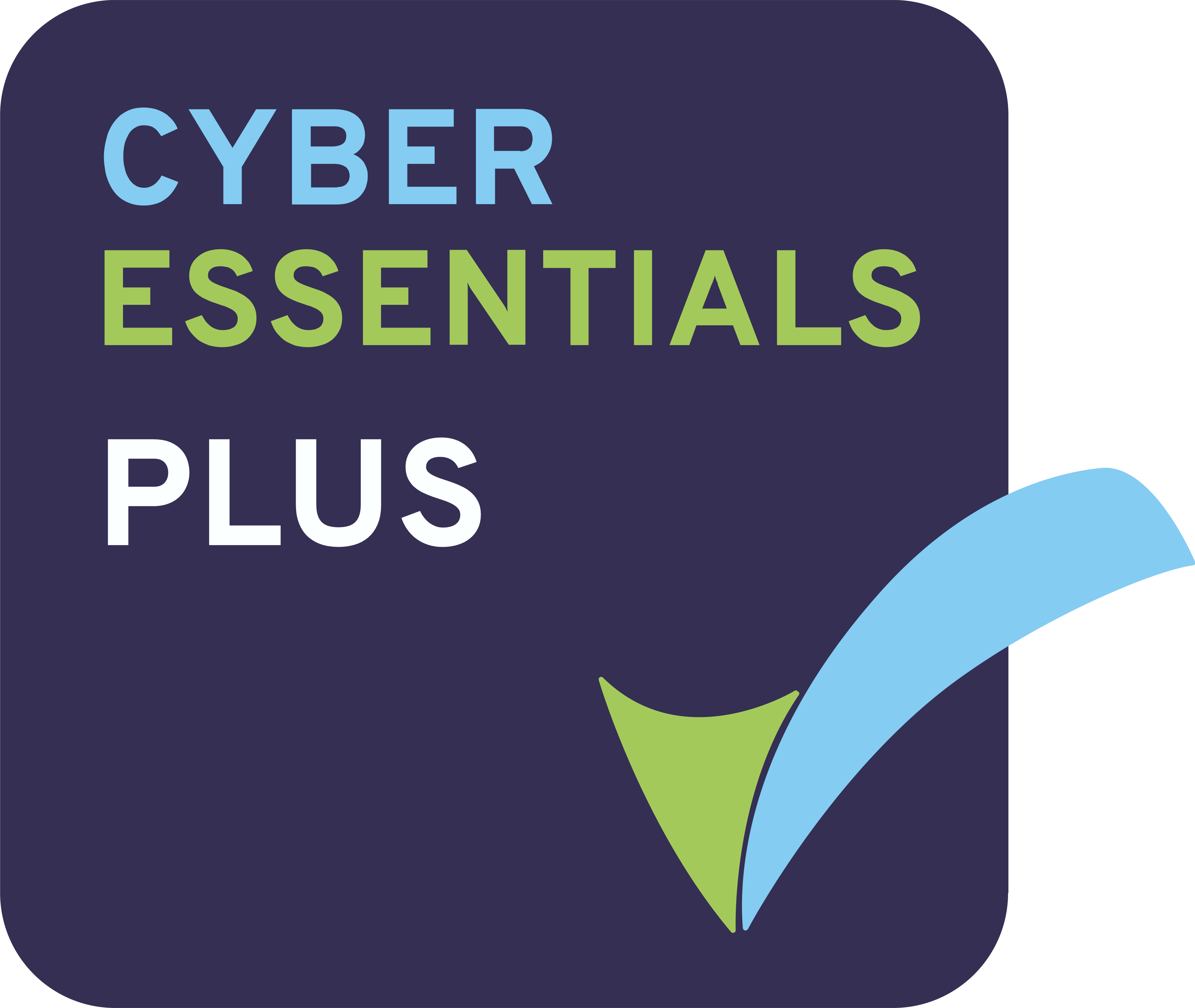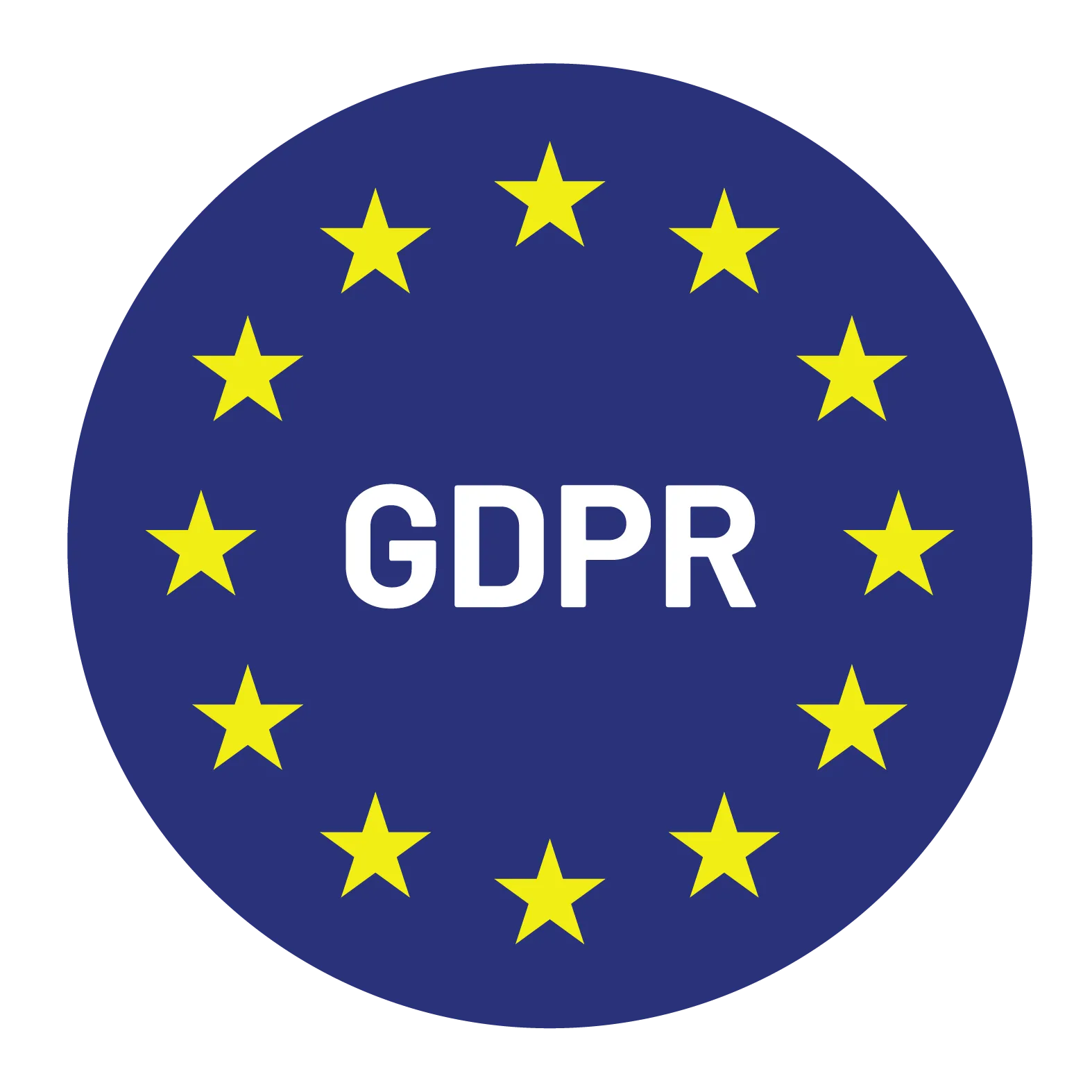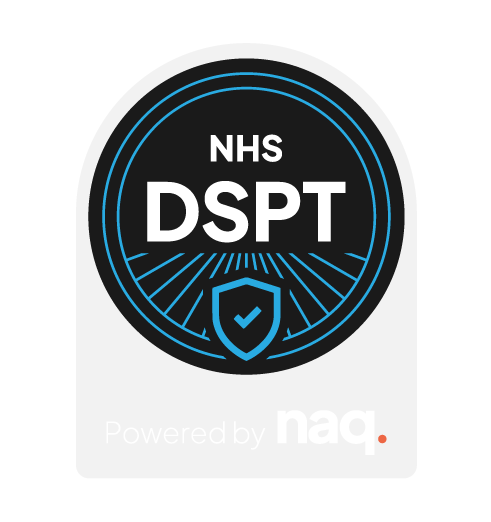DESCRIPTION
The article underscores the growing threat of malicious emails, especially for children's care homes amidst the rise of remote work. Phishing, exacerbated by the use of vulnerable services like VPNs, targets sensitive data for fraudulent purposes. It emphasizes the need for vigilance among staff to identify phishing attempts, offering five key tips for detection. OVcare pledges support to children's care homes, providing resources and assistance to address technology-related concerns such as phishing.
When
April 2024
Who
Paula Martinez

Amidst the myriad concerns swirling around us, the specter of malicious emails looms larger than ever. As such, childrens care homes must maintain vigilance and proactively safeguard both employees and young people.
Phishing, a perennial threat, has assumed even greater proportions with the widespread adoption of remote work. The rapid transition to diitisation necessitated the use of potentially vulnerable services like Virtual Private Networks (VPNs), thereby exacerbating the phishing threat. Cybercriminals actively exploit known vulnerabilities in VPNs to infiltrate organizations and individuals.
But what is the purpose of phishing?
At its core, it's a fraudulent endeavor to procure sensitive information such as usernames, passwords, and financial details. Perpetrators employ various electronic mediums, predominantly email, to masquerade as trustworthy entities and coax recipients into divulging confidential data. These ill-gotten credentials are then utilized to access accounts or deploy malware through malicious attachments or links, compromising devices and networks.
Given the heightened risks, it's imperative to ensure that your staff remain vigilant. While some phishing attempts may seem absurd, the majority are increasingly sophisticated, necessitating heightened awareness. The shift to remote work can breed complacency, as individuals may perceive a more relaxed environment and deviate from established security protocols. Discrepancies in email addresses or deviations from normal routines might go unnoticed, rendering employees susceptible to phishing schemes.
In light of these challenges, it's crucial to reinforce awareness and provide guidance on identifying phishing attempts.
Here are five key tips:
1. Verify sender addresses: Scrutinize email sources for any signs of impersonation or alteration. Even subtle changes in familiar addresses should raise suspicion.
2. Exercise caution with links: Always inspect the destination URL before clicking. Hover over links to reveal the underlying address or manually search the domain to ensure legitimacy.
3. Beware of poor grammar and spelling: Phishing emails often contain linguistic errors indicative of rushed or amateurish attempts. Erratic language should trigger skepticism.
4. Recognize urgency tactics: Be wary of messages employing urgency or authority to elicit immediate action. Verify the legitimacy of requests before complying.
5. Guard personal information: Remember that reputable institutions never solicit sensitive data via email. Exercise caution when prompted to divulge personal details or credentials.
Amidst these trying times, OVcare are committed to supporting children's care homes with resources and assistance. For inquiries regarding phishing or other technology-related concerns, please don't hesitate to reach out.
Phishing, a perennial threat, has assumed even greater proportions with the widespread adoption of remote work. The rapid transition to diitisation necessitated the use of potentially vulnerable services like Virtual Private Networks (VPNs), thereby exacerbating the phishing threat. Cybercriminals actively exploit known vulnerabilities in VPNs to infiltrate organizations and individuals.
But what is the purpose of phishing?
At its core, it's a fraudulent endeavor to procure sensitive information such as usernames, passwords, and financial details. Perpetrators employ various electronic mediums, predominantly email, to masquerade as trustworthy entities and coax recipients into divulging confidential data. These ill-gotten credentials are then utilized to access accounts or deploy malware through malicious attachments or links, compromising devices and networks.
Given the heightened risks, it's imperative to ensure that your staff remain vigilant. While some phishing attempts may seem absurd, the majority are increasingly sophisticated, necessitating heightened awareness. The shift to remote work can breed complacency, as individuals may perceive a more relaxed environment and deviate from established security protocols. Discrepancies in email addresses or deviations from normal routines might go unnoticed, rendering employees susceptible to phishing schemes.
In light of these challenges, it's crucial to reinforce awareness and provide guidance on identifying phishing attempts.
Here are five key tips:
1. Verify sender addresses: Scrutinize email sources for any signs of impersonation or alteration. Even subtle changes in familiar addresses should raise suspicion.
2. Exercise caution with links: Always inspect the destination URL before clicking. Hover over links to reveal the underlying address or manually search the domain to ensure legitimacy.
3. Beware of poor grammar and spelling: Phishing emails often contain linguistic errors indicative of rushed or amateurish attempts. Erratic language should trigger skepticism.
4. Recognize urgency tactics: Be wary of messages employing urgency or authority to elicit immediate action. Verify the legitimacy of requests before complying.
5. Guard personal information: Remember that reputable institutions never solicit sensitive data via email. Exercise caution when prompted to divulge personal details or credentials.
Amidst these trying times, OVcare are committed to supporting children's care homes with resources and assistance. For inquiries regarding phishing or other technology-related concerns, please don't hesitate to reach out.



